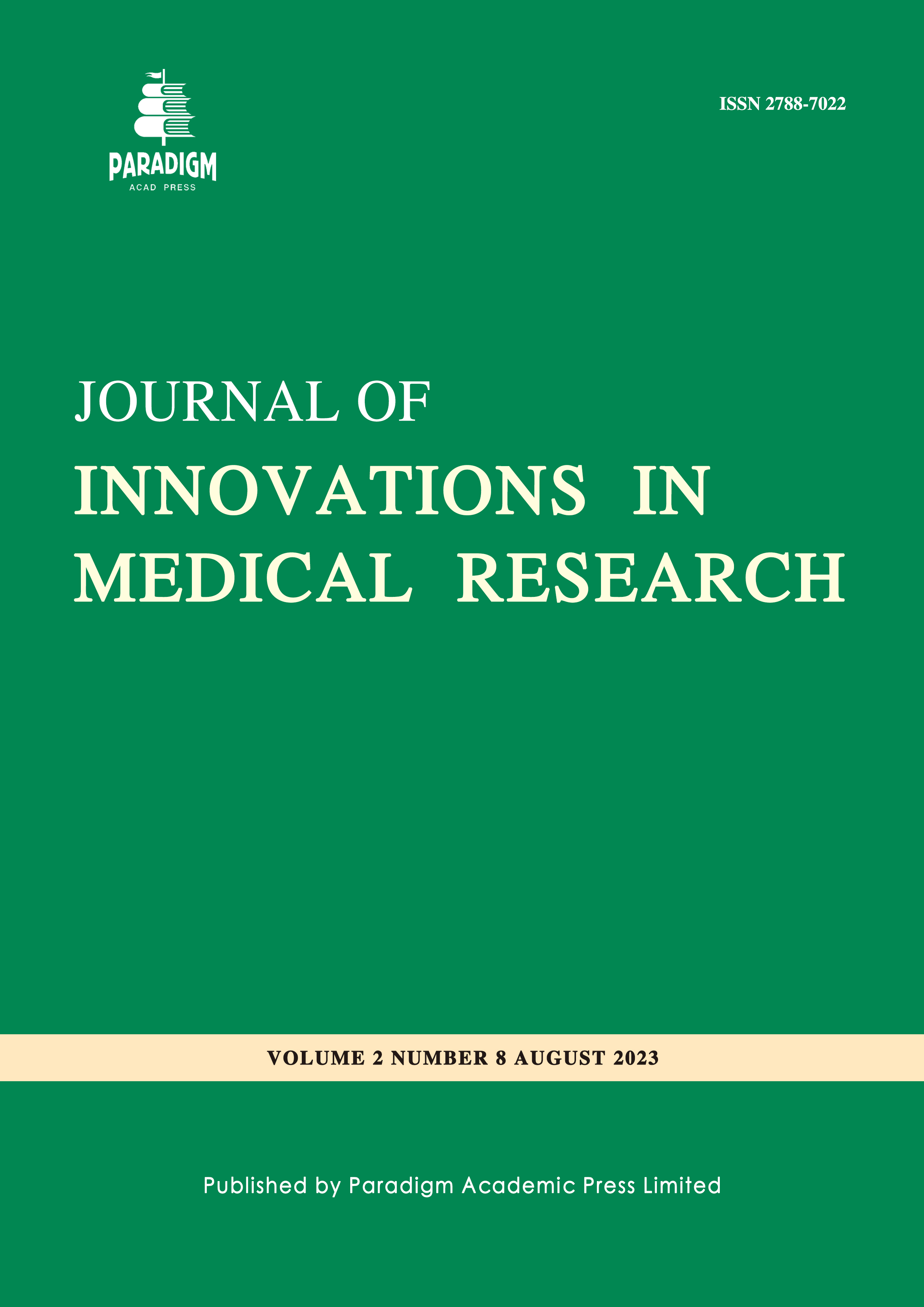Bronze Diabetes: A Common Genetic Disorder Due to Systemic Iron Overload
Keywords:
Bronze diabetes, hemochromatosis, phlebotomy, hepcidin deficiencyAbstract
In medical science, hemochromatosis is a genetic disorder that is commonly known as bronze diabetes, which is due to continuously over-absorbed of excess iron from the gastrointestinal tract for hepcidin deficiency, and deposited in the liver, pancreas, heart, skin, gonads, pituitary gland, and other organs. Hepcidin regulates the activity of ferroportin, the only identified cellular iron exporter. Hemochromatosis is a relatively new term to common people, and it is named bronze diabetes because of the brown color of the skin due to the accumulation of huge iron in the body. Symptoms and expressions of this disease are hepatic fibrosis, fatigue, arthralgia, cirrhosis, diabetes mellitus, arthropathy, pigmentation, cardiomyopathy, and hepatomegaly. Hemochromatosis is more prevalence among Northern European populations, and five to ten times more common among males than females. Phlebotomy is the popular treatment of this disease to remove iron, and ensures normal survival if applied early, and has been shown recently to reverse hepatic fibrosis but not cirrhosis.



